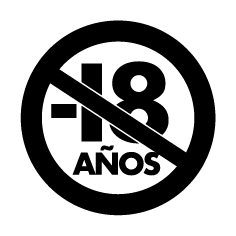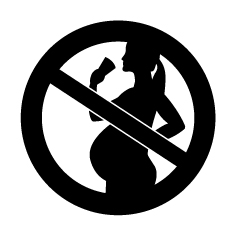
Estudios científicos
Effects of different fractions of a red wine non-alcoholic extract on ischemia-reperfusion injury.
Abstract:
We have recently demonstrated the cardioprotective effects of a non-alcoholic extract of Argentinian red wine (RWE) on ischemia-reperfusion injury. The aim of the present study was to assess the relative contribution of four phenolic fractions separated from RWE by liquid/liquid extraction with solvents of decreasing hydrophobicity, to the myocardial protection achieved by the original extract. Isovolumic perfused rat hearts treated with each fraction 10 min before ischemia and the first 10 min of reperfusion were submitted to a 20-min global ischemic period followed by 30 min of reperfusion. The treatment with the fraction rich in polymeric proanthocyanidins (fraction IV = aqueous residue) significantly improved the postischemic recovery of left ventricular developed pressure (LVDP) and +dP/dt (max) (111 +/- 5% and 117 +/- 6% vs 61 +/- 4%, 62 +/- 5% , respectively, detected in control hearts) and abolished the increase of left ventricular end diastolic pressure (LVEDP) (8 +/- 2 mmHg vs 42 +/- 4 mmHg in untreated hearts). However, the fraction rich in anthocyanins (III: butanol) elicited a cardioprotective action weaker than the original extract. On the other hand, the representative of either resveratrol or flavan-3-ols and flavonols (fractions I and II) failed to induce this type of response. LDH release and TBARS concentration were significantly lowered after treatment with fraction IV alone. These data show that the fraction rich in polymeric proanthocyanidins exerts a protective effect against myocardial alterations derived from ischemia and reperfusion comparable to the original RWE. This beneficial effect can be correlated to the ability of that fraction to attenuate the degree of lipid peroxidation.
Comentarios divulgativos:
Recientemente hemos demostrado los efectos cardioprotectores de un extracto no alcohólico del vino tinto argentino (RWE) sobre el daño por isquemia-reperfusión. El objetivo del presente estudio fue evaluar la contribución relativa de las cuatro fracciones fenólicas separadas de RWE por líquido / líquido de extracción con disolventes de hidrofobicidad, a la protección del miocardio alcanzados por el extracto original. Corazones perfundidos cde ratas tratadas en fracciones de 10 minutos antes de la isquemia y durante los primeros 10 minutos de la reperfusión se sometieron a un periodo de 20 min de isquémica, seguida de 30 minutos de reperfusión. El tratamiento con la fracción rica en proantocianidinas (fracción IV = residuo acuoso) mejoró significativamente la recuperación postisquémica de la presión ventricular izquierda y se suprimió el aumento de la presión de fin de diástole del ventrículo izquierdo. Sin embargo, la fracción rica en antocianinas (III butanol) provocó una acción cardioprotectora más débil que el extracto original. Por otra parte, el resveratrol o flavan-3-oles y los flavonoles (fracciones I y II) no pudo inducir este tipo de respuesta. La liberación de LDH y la concentración de TBARS se redujeron significativamente después del tratamiento con la fracción IV. Estos datos muestran que la fracción rica en proantocianidinas ejerce un efecto protector contra las alteraciones del miocardio derivado de la isquemia y la reperfusión comparable a la de RWE original. Este efecto beneficioso se puede correlacionar con la capacidad de la fracción para atenuar el grado de peroxidación lipídica.







